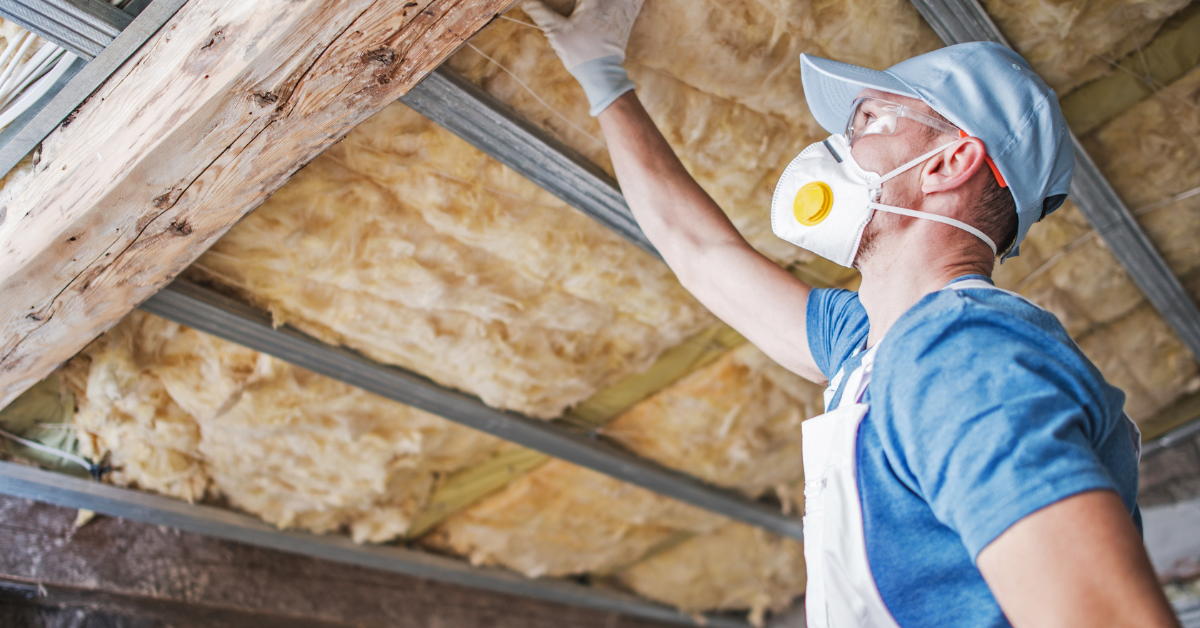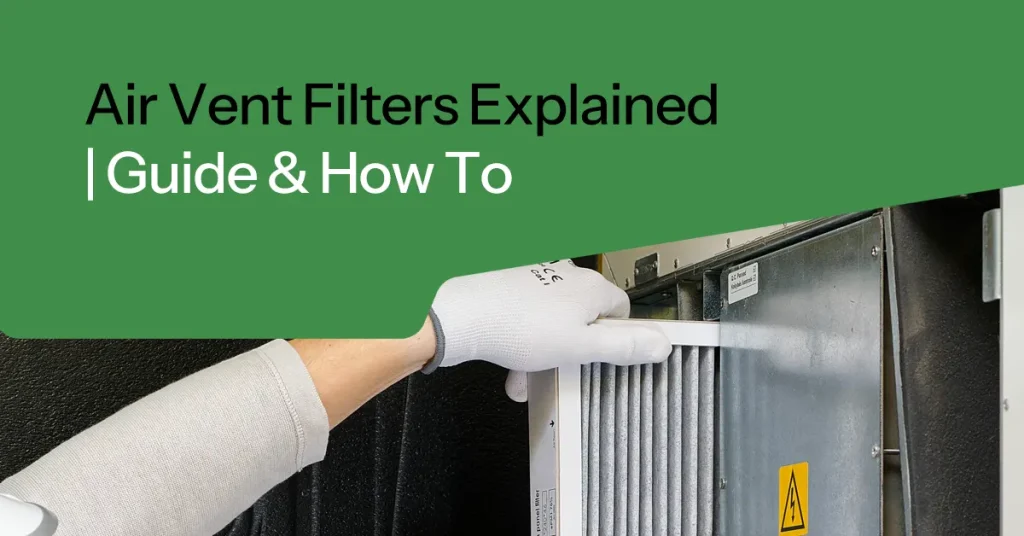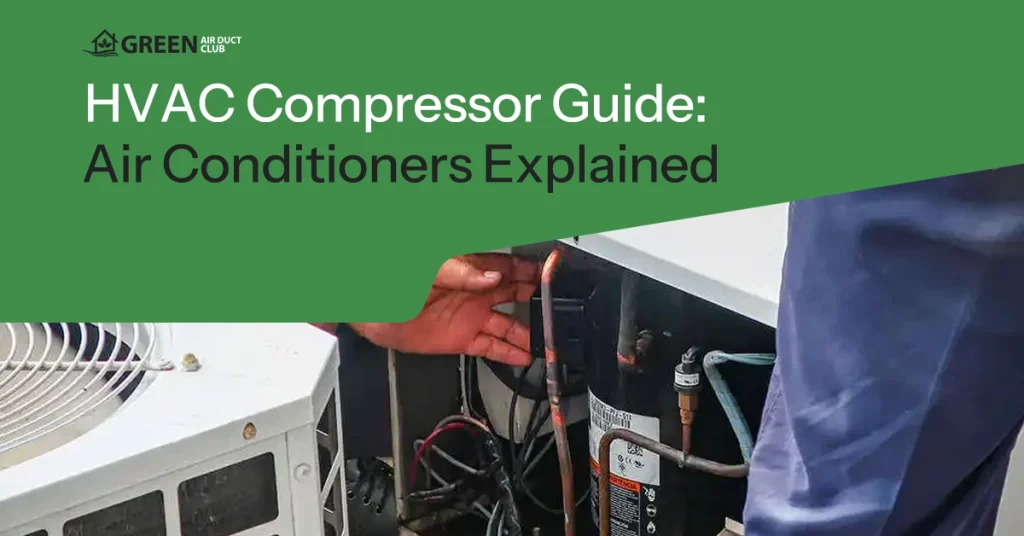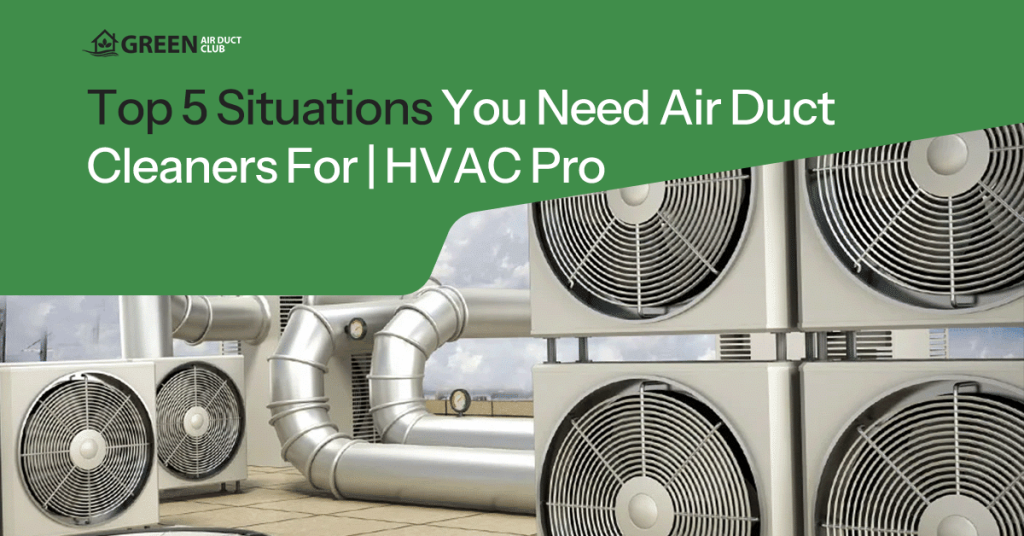Over time, attic insulation can degrade, harbor contaminants, or simply become ineffective. Whether due to age, pests, or moisture, old insulation may not be doing its job, putting your energy efficiency, air quality, and comfort at risk. In this guide, we take a step-by-step look at attic insulation removal and replacement, including when it’s needed, what to expect during the process, and how much it typically costs. For homeowners looking to improve their indoor environment and get the most out of their air duct cleaning services, this is essential information.
Signs Your Attic Insulation Needs Replacement
Knowing when it’s time to remove attic insulation isn’t always obvious. While it doesn’t expire on a set schedule, there are several signs that old attic insulation needs to be replaced.
First, consider the age of your insulation. If it’s more than 15–20 years old, there’s a good chance its performance has declined. Materials like fiberglass and cellulose settle, compress, and lose R-value over time. Visible damage, like dampness, mold growth, or rodent infestation, is another red flag. Contaminated insulation can circulate pollutants through your home, especially if your HVAC system is pushing air through dirty ducts.
Homeowners often first notice increased heating and cooling bills or drafts creeping into living spaces. These are classic indicators that home insulation is no longer doing its job. At this point, professional inspection and air duct cleaning often go hand in hand. Removing the insulation and cleaning the ductwork ensures both systems are reset and optimized.
The Removal Process: From Assessment to Air Duct Cleaning
Removing old attic insulation is more complex than simply pulling out batts or vacuuming loose fill. The process should always be handled by trained professionals for safety and thoroughness. Here’s what it typically involves:
- Initial inspection to identify insulation type and any contamination
- Setup of containment zones to prevent airborne pollutants
- Use of commercial-grade vacuums to safely remove insulation
- Proper disposal according to local regulations
- Deep air duct cleaning to remove residual particles and allergens
- Prep work for installing new insulation, such as sealing air leaks
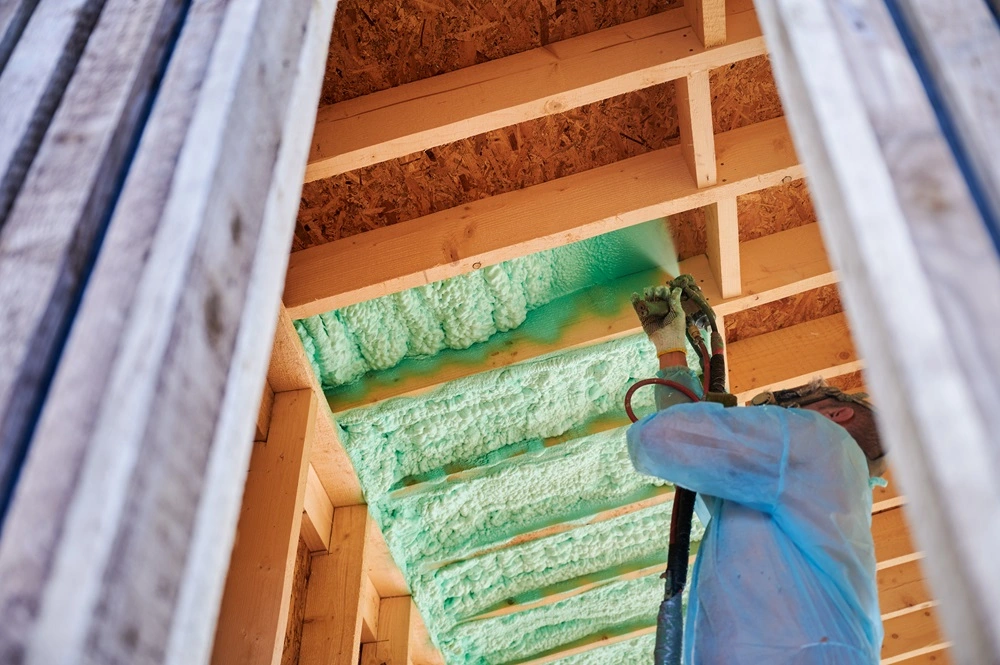
This detailed approach ensures your attic is not just clean, but ready to perform better than ever once new insulation is installed.
In addition to improving thermal performance, removing damaged insulation helps minimize allergens and maintain cleaner airflow throughout your home. When this is paired with professional air duct cleaning, it supports healthier indoor air quality and aligns with recommended practices for maintaining a safe HVAC system.
What to Expect During Professional Removal Service
A professional insulation removal service will typically start by sealing off the work area to protect your living space. Technicians will then use industrial vacuums to suction insulation directly into disposal units. Any mold-affected or damaged areas are treated or flagged for further remediation.
Once insulation is removed, technicians perform air duct cleaning to remove residual contaminants. This two-step process helps eliminate allergens, improve airflow, and prepare the attic for fresh, energy-efficient insulation. Most services can complete this in one to two days, depending on attic size and insulation type.
Understanding Attic Insulation Removal Cost and Long-Term Benefits
The attic insulation removal cost depends on several key factors: attic size, type of insulation, contamination level, and whether additional services like air duct cleaning are bundled. Typically, removal ranges from $1 to $2 per square foot. Add duct cleaning, and you’re looking at a bit more, but it’s a smart investment.
Despite the cost, the long-term benefits are clear. Clean ducts and updated insulation result in:
- Lower monthly energy bills
- More consistent indoor temperatures
- Cleaner indoor air
- Less strain on your HVAC system
- Greater overall home comfort and resale value
Choosing upgraded materials like spray foam insulation can also boost efficiency and reduce moisture issues. Ultimately, pairing insulation replacement with duct cleaning creates a healthier, high-performing home environment.
Trustindex verifies that the original source of the review is Google. Ori & his assistant took before and after videos and thoroughly explained what needed to be cleaned. Did a great job—house vents smell clean now that bacteria has been removed!Posted onTrustindex verifies that the original source of the review is Google. Great efficient service!Posted onTrustindex verifies that the original source of the review is Google. Ori and his team did a great job identifying bacteria and cleaning it for me, as well as providing a solution to help with prevention. I appreciate him and his team!Posted onTrustindex verifies that the original source of the review is Google. Thank you Green Air Duct Club. You where on time and very through. Oren presented me with before and after photos that where a great help understanding what needed to be done. Thank you for great service and price. We are very Happy!Posted onTrustindex verifies that the original source of the review is Google. I was very impressed with the clarity and efficiency of the cleaning process; the professionals explained every detail and executed the work with great precision, leaving my home completely worry free.Posted onTrustindex verifies that the original source of the review is Google. I appreciated the transparent, clear communication from the team, who meticulously cleaned every vent and provided updates that made the entire air duct cleaning process completely worry free.Posted onTrustindex verifies that the original source of the review is Google. AhabahabbaPosted onTrustindex verifies that the original source of the review is Google. Green Air Duct did a wonderful job - cleaning and disinfect our air ducts and A/C unit. Ori was honest and up front about what we needed - and didn’t need. We had them look at the insulation in the attic as well, and despite aging and based on our electrical bill, explained that it was probably not necessary. Attached are before and after of inside of duct box.Verified by TrustindexTrustindex verified badge is the Universal Symbol of Trust. Only the greatest companies can get the verified badge who has a review score above 4.5, based on customer reviews over the past 12 months. Read more
FAQ
How do I know if my attic insulation needs to be replaced?
If your insulation is over 15 years old, moldy, wet, or infested with pests, it’s time for removal. Rising energy bills or poor temperature regulation in your home are also key signs that insulation is no longer effective.
Is air duct cleaning necessary after attic insulation removal?
Yes. During insulation removal, debris and allergens often settle into the ductwork. Cleaning the ducts afterward ensures your HVAC system isn’t circulating contaminated air, improving both air quality and system efficiency.
Can I remove attic insulation myself?
DIY removal is risky, especially with fiberglass or contaminated insulation. Professionals have the right tools and protective gear to do it safely, while also offering air duct cleaning to eliminate lingering debris and allergens.



